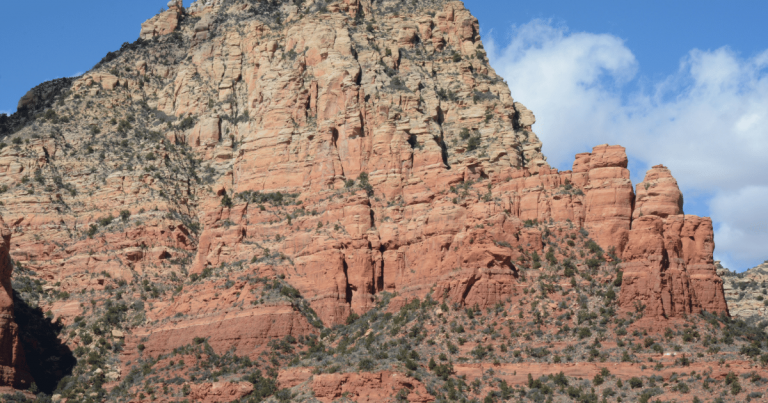Exploring the Beauty of Death Valley Canyon
If you’re looking for an awe-inspiring natural wonder, Death Valley Canyon should be at the top of your list. Nestled in the heart of California’s Mojave Desert, this breathtaking canyon boasts towering walls, majestic peaks, and rushing waterfalls that will leave you breathless.
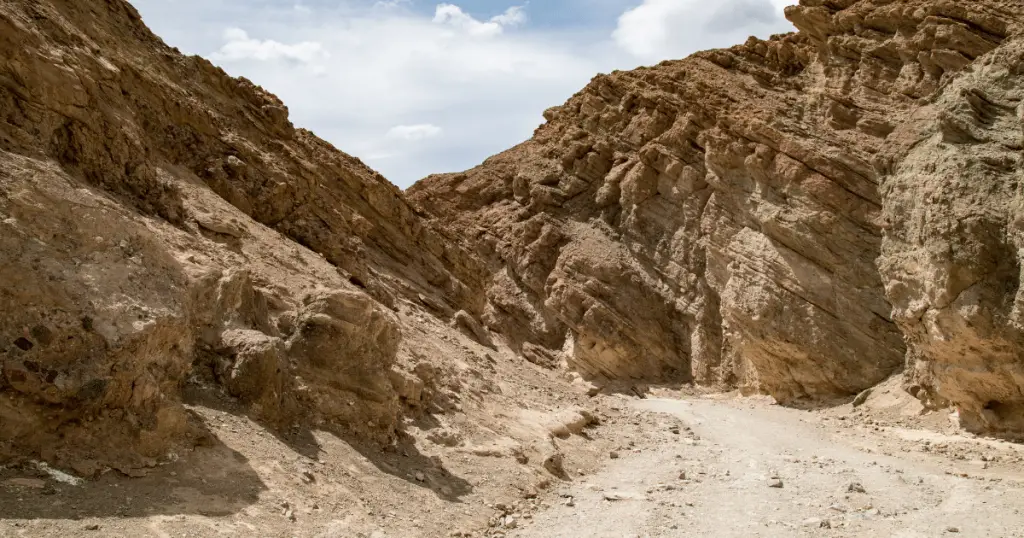
Whether you’re a nature lover or an adventure seeker, Death Valley Canyon is a must-visit destination that promises an unforgettable experience. Don’t miss out on the chance to witness the stunning beauty of one of the world’s most impressive canyons.
Origin and Formation of Death Valley Canyon
A visit to Death Valley Canyon is like walking through a living museum of Earth’s geological history. The formation of Death Valley Canyon can be traced back millions of years due to intense tectonic activity. The shifting of the Earth’s crust created deep crevices, giving rise to what we see today as majestic canyons.
Constant erosion processes played a significant role in shaping the canyon. Over time, the relentless forces of water, wind, and even ice carved the canyon walls, creating unique rock formations that dazzle visitors with their striking aesthetics and enormous scale.
The canyon’s marvelous range of colors and compositions is a tribute to its diverse geological history. Minerals like iron oxide lend the rocks their vibrant hues, while each rock layer reveals different sediment deposition periods, painting a vivid timeline of geological events.
The role of sedimentary layers must be balanced in understanding the canyon’s formation. Each layer, from the oldest at the bottom to the newest at the top, offers a glimpse into the past, marking various geological periods and environmental conditions. This stacked record is invaluable for geologists studying the Earth’s history, making Death Valley Canyon not just a natural wonder but also a significant scientific resource.
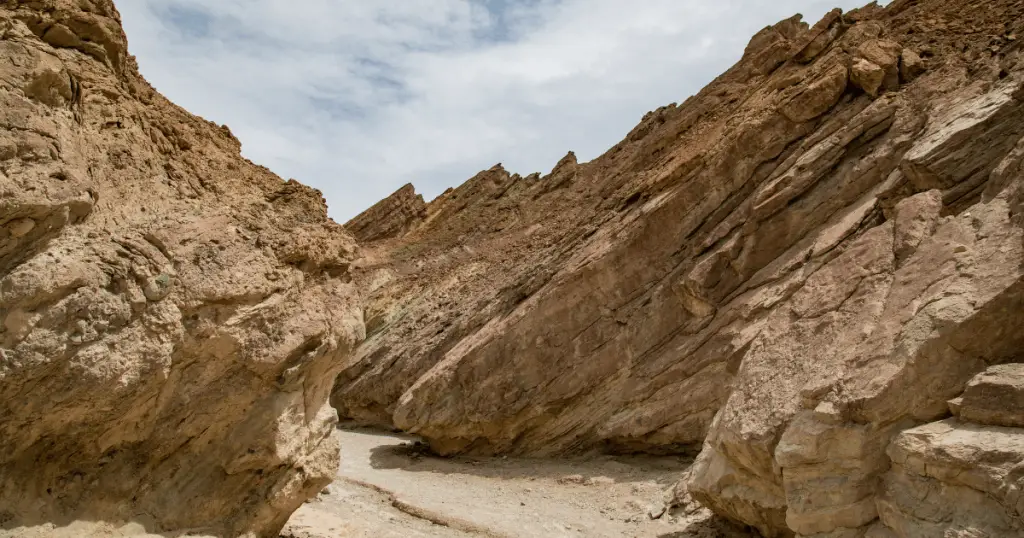
Human History and Exploration in Death Valley Canyon
Death Valley Canyon is steeped in Native American history. The Timbisha Shoshone Tribe has inhabited the area for centuries, adapting to the harsh desert conditions and forming an intimate connection with the land. Petroglyphs and artifacts throughout the park offer a glimpse into their ancient culture, showcasing their remarkable survival skills and spiritual beliefs.
Historical Significance of the Canyon
The canyon holds significant historical value, serving as an essential route for Native American trade networks and, later, during the 19th century, for the pioneers searching for gold and silver. The hardiness of these pioneers is evident in the old wagon trails and ghost towns scattered across the park, standing as silent witnesses to the perseverance of the human spirit in the face of adversity.
Mining Activities
Mining has played a vital role in the history of Death Valley Canyon. In the late 1800s and early 1900s, the canyon experienced a boom in mining activities, with prospectors drawn to the region’s rich deposits of gold, silver, and borax.
While most of these short-lived operations left an indelible mark on the landscape and the local economy. Today, visitors can explore the remnants of these mines and the boom towns around them, offering a fascinating insight into this era of the canyon’s history.
Cultural and Recreational Importance
Death Valley Canyon holds a special place in the hearts of local communities and visitors alike. Its stark beauty, diverse wildlife, and rich history make it a cherished cultural landmark. Recreationally, the park offers an unparalleled range of outdoor activities, from hiking and camping to stargazing and wildlife viewing.
The canyon’s yearly festivals and events, like the Death Valley Dark Sky Festival, also draw people worldwide, fostering a sense of community and shared appreciation for this unique desert landscape. In this way, Death Valley Canyon continues to inspire, educate, and provide a place of solace and adventure for all who visit.
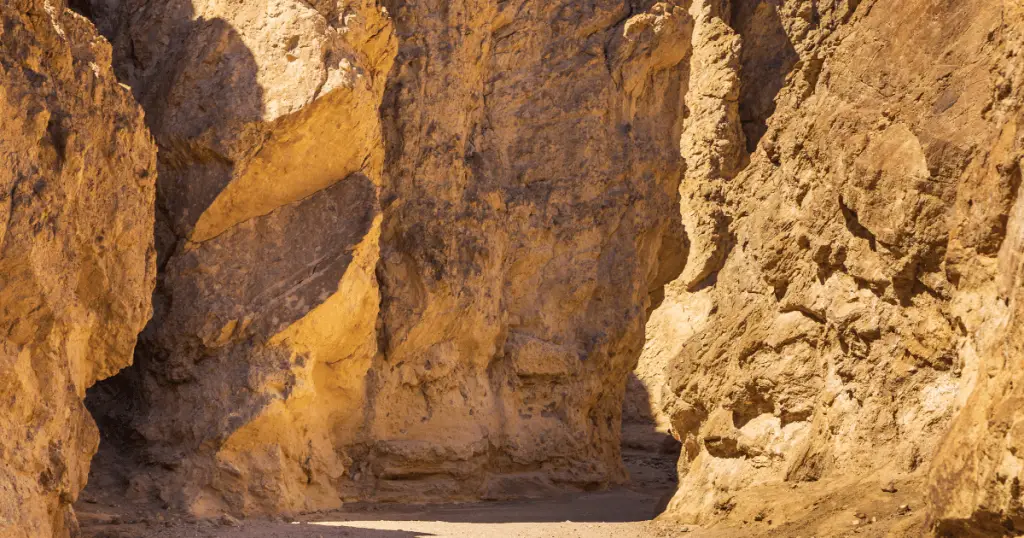
Biodiversity in Death Valley Canyon
Despite its seemingly inhospitable conditions, Death Valley Canyon is a hotbed of biodiversity, boasting an array of flora and fauna that have adapted to its harsh climate.
Surprising Flora and Fauna Adaptations
Life in the seemingly barren landscape of the desert showcases nature’s resilience. Plants have developed extensive root systems that can tap into the scarce water resources deep in the ground and have evolved tough, waxy coatings on their leaves to prevent water loss. Many animals, like the desert tortoise, burrow in the sand during the day’s heat, emerging only during the cooler hours to forage for food and water.
Endemic Plant Species
Interestingly, Death Valley Canyon is home to several endemic plant species found nowhere else in the world. These include the Death Valley sage and the Panamint daisy, which have evolved to withstand the harsh conditions of the desert heat and aridity.
Survival Strategies of Desert Wildlife
Desert wildlife has developed unique survival strategies to overcome challenging conditions. Some creatures, like the kangaroo rat, have adapted to survive without drinking water, obtaining all the moisture they need from their food. Others, like the sidewinder rattlesnake, move in a unique sideways locomotion that allows them to navigate the hot sands without overheating.
Importance of Death Valley Canyon as a Biodiversity Hotspot
Death Valley Canyon is not just a testament to the resilience and adaptability of life but also an important biodiversity hotspot. Protecting this unique ecosystem is crucial for maintaining its biodiversity, combating climate change, and providing invaluable opportunities for scientific research. Preservation efforts ensure that future generations can continue to marvel at the breathtaking beauty and the remarkable, resilient life that springs from the ‘Valley of Death.’
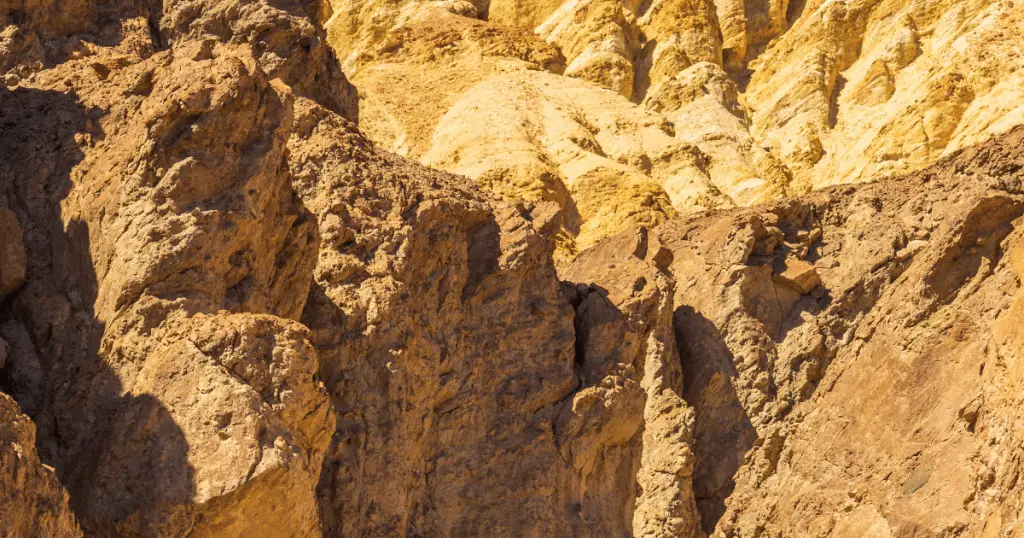
Recreation and Exploration Opportunities in Death Valley Canyon
Death Valley Canyon offers many recreational and exploration opportunities, providing something for every adventurer’s taste.
Hiking Trails
Hiking is one of the most popular activities in the Death Valley Canyon. The park features numerous trails that cater to all fitness and hiking experience levels. From the strenuous Golden Canyon Trail to the more accessible Salt Creek Interpretive Trail, each route offers a unique perspective of the park’s astounding geological formations and thriving desert life.
Photography Opportunities
Death Valley Canyon is a paradise for photographers. The mesmerizing landscapes, dramatic shadows, and vibrant palette of the canyon walls provide an ideal setting for capturing stunning photographs. The park’s remote location makes it one of the best spots for astrophotography, with clear night skies unveiling a spectacular celestial show.
Guided Tours and Interpretive Programs
Death Valley Canyon provides several educational outreach programs, such as ranger-led hikes, campfire talks, and junior ranger programs. These programs not only enhance visitors’ knowledge of the park’s geology and ecology but also instill a profound appreciation for nature and its preservation.
Meanwhile, responsible tourism practices play a crucial role in safeguarding the natural wonders of Death Valley Canyon. Visitors are encouraged to follow the “Leave No Trace” principles, which include staying on designated trails, properly disposing of waste, and showing respect towards wildlife.
In addition, the park offers guided eco-tours, which focus on sustainable travel behaviors and educate visitors about the significance of preserving this exceptional ecosystem for future generations.
Conclusion: Death Valley Canyon
Death Valley Canyon is much more than a barren desert landscape. It’s a testament to life’s resilience, a biodiversity hotspot, a treasure trove of historical significance, and a haven for outdoor enthusiasts. The canyon’s rich biodiversity, cultural relevance, and recreation opportunities make it a cherished landmark.
The park’s ongoing conservation efforts ensure this unique ecosystem’s survival, encouraging visitors’ respect and appreciation for its natural wonders. Thus, Death Valley continues to captivate, educate, and inspire those who venture into its extraordinary expanse, proving that even in the most inhospitable conditions, life survives and thrives.


